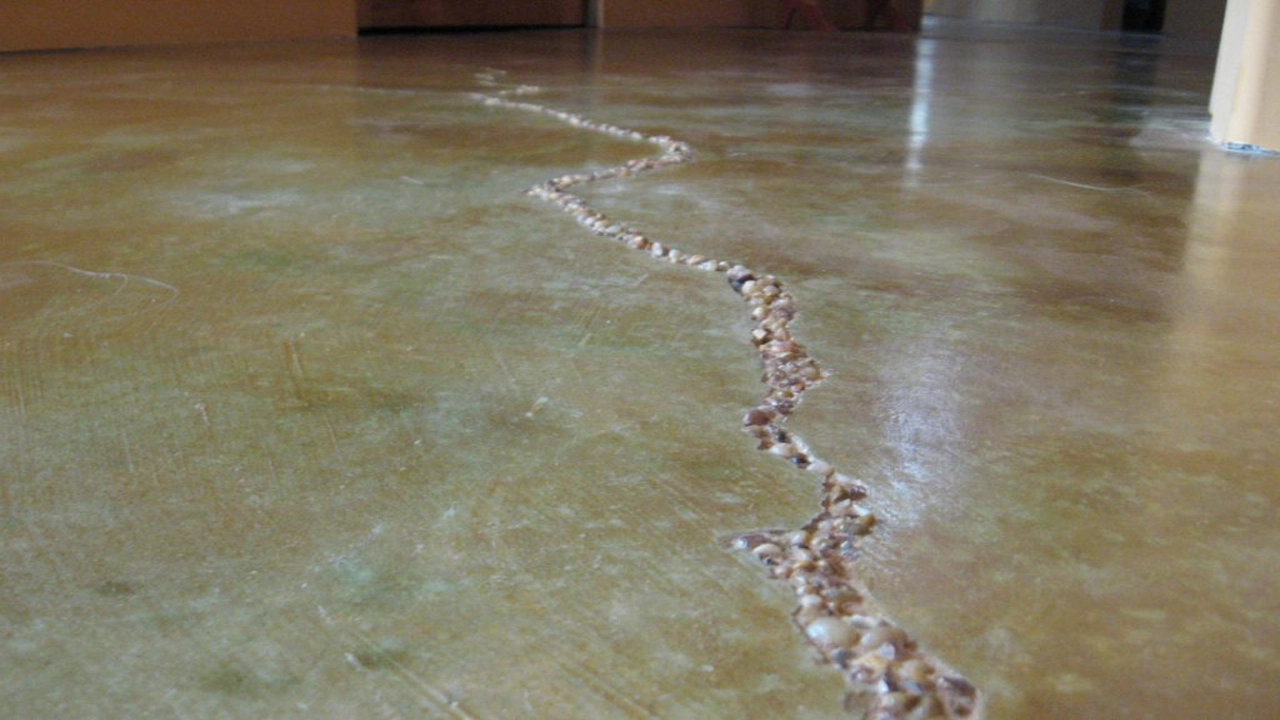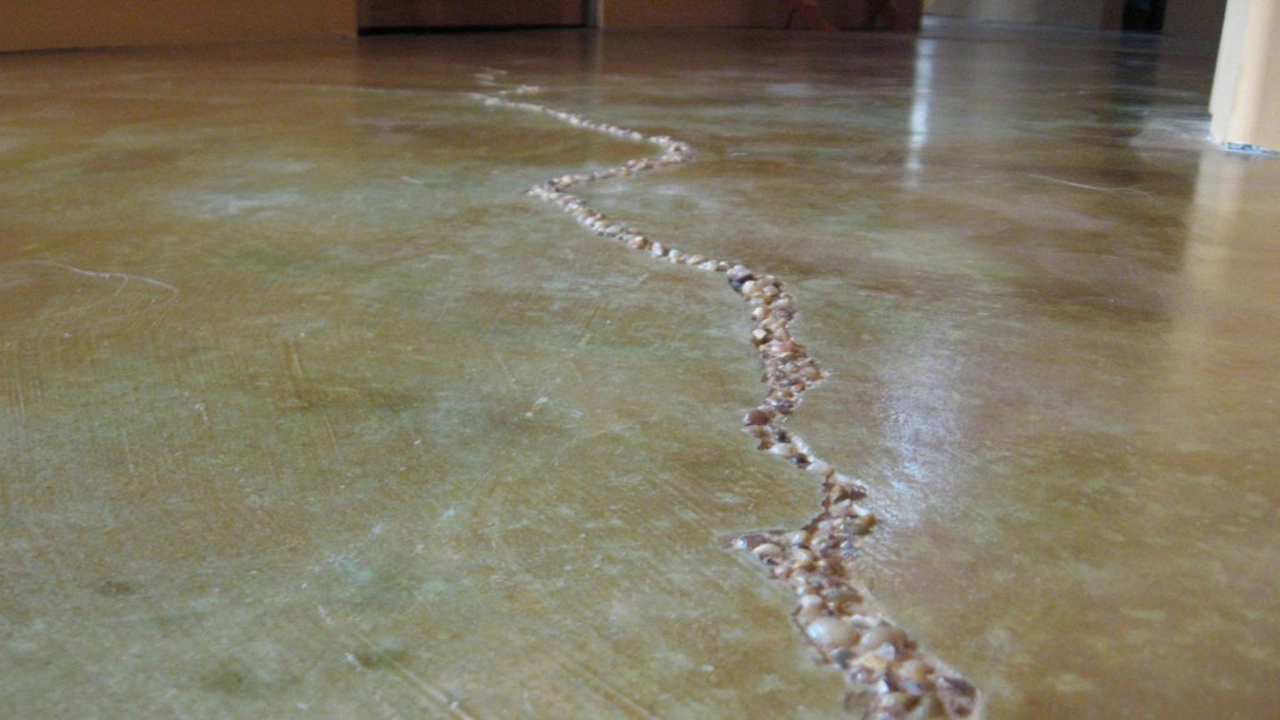Best concrete for patching floor concrete requires careful consideration. You need a mix that bonds well with existing concrete, cures quickly, and resists cracking. Several factors influence your choice, including the size of the repair and the floor’s usage.
Choosing the right patching compound ensures a durable repair. Look for a high-quality product designed specifically for floor patching. Read product descriptions carefully. Consider the drying time and required preparation steps before buying.
Patch Your Floor Find The Best Concrete Now

Patching a concrete floor can seem daunting, but choosing the right concrete mix makes the job significantly easier. Finding the best concrete for patching floor concrete depends on the size and nature of the damage. Let’s explore some excellent options.
Product 1: Quikrete Concrete Patcher
Quikrete Concrete Patcher is a popular choice for many DIYers. It’s a pre-mixed, fast-setting cement-based patching compound designed for smaller repairs. You simply add water, mix thoroughly, and apply. Its fast-setting nature makes it ideal for quick fixes, meaning less downtime. It adheres well to existing concrete, creating a durable patch. However, its fast-setting nature can make it challenging to work with for larger repairs, demanding speed and precision.
-
Features:
- Pre-mixed formula.
- Fast-setting.
- Easy to use.
- Good adhesion.
- Suitable for smaller repairs.
-
Pros:
- Convenient and quick.
- Requires minimal preparation.
- Creates a strong, durable patch.
-
Cons:
- Can be difficult to work with in larger areas.
- Sets quickly, limiting working time.
- May not be suitable for all types of concrete damage.
Product 2: Sakrete High-Strength Concrete Patch
Sakrete’s offering is known for its exceptional strength. This makes it a reliable choice for high-traffic areas or repairs subjected to significant weight. It’s a modified Portland cement mix, offering superior bonding and resistance to cracking. This high strength is particularly helpful in patching areas bearing heavy loads like vehicle traffic in garages or industrial settings. It’s also relatively easy to work with, blending a good balance of workability and setting time. Remember, proper preparation of the damaged area is always crucial for optimal results.
-
Features:
- High strength.
- Excellent bonding.
- Crack resistance.
- Good workability.
- Suitable for larger repairs.
-
Pros:
- Durable and long-lasting.
- Ideal for high-traffic areas.
- Resists cracking and deterioration.
-
Cons:
- May be more expensive than other options.
- Requires more thorough mixing.
Product 3: Rapid Set Cement
Rapid Set Cement is a hydraulic cement that sets extremely quickly, making it a great option for urgent repairs. Its rapid setting time minimizes disruption. It’s often used for emergency repairs or situations where the floor needs to be functional quickly. While this quick-setting property is advantageous, it also means you need to work swiftly and efficiently to achieve a smooth, even finish. Consider this option only if speed is your priority.
-
Features:
- Extremely fast setting time.
- High early strength.
- Suitable for emergency repairs.
- Good for filling cracks.
- Often used for vertical surfaces.
-
Pros:
- Minimizes downtime.
- Quick and effective for small repairs.
- Ideal in time-sensitive situations.
-
Cons:
- Extremely short working time.
- Can be challenging to work with for beginners.
- May not be as durable as other options for large repairs.
Product 4: Epoxy Concrete Patch
Epoxy concrete patches provide superior strength, adhesion and durability. These two-part epoxy systems are chemically bonded and offer excellent resistance to chemicals, water, and abrasion. They’re perfect for areas subject to harsh conditions, like workshops or commercial kitchens. The downside is they’re typically more expensive and require precise mixing ratios for optimal performance. Ensure you follow the manufacturer’s instructions meticulously. Finding the best concrete for patching floor concrete in tough environments often means choosing epoxy.
-
Features:
- High strength and durability.
- Excellent chemical and abrasion resistance.
- Superior adhesion.
- Waterproof.
- Two-part system.
-
Pros:
- Ideal for high-stress areas.
- Long-lasting and resistant to damage.
- Excellent chemical resistance.
-
Cons:
- More expensive than cement-based patches.
- Requires precise mixing.
- Can be more challenging to apply.
Product 5: Self-Leveling Concrete
Self-leveling concrete is ideal for creating a smooth, even surface, perfect for larger patching jobs or filling uneven areas. This type of concrete is poured and spreads evenly under its own weight, requiring minimal effort to achieve a level finish. This makes it a fantastic choice for achieving a professional-looking repair. However, self-leveling concrete tends to be more expensive and may not be as strong as other types of concrete for heavy-duty applications. This product is a great option when the priority is a smooth, even surface. It is the best concrete for patching floor concrete when a perfect finish is needed.
-
Features:
- Self-leveling properties.
- Creates a smooth finish.
- Suitable for larger areas.
- Easy application.
- Requires minimal leveling.
-
Pros:
- Professional-looking results.
- Easy to apply and spread.
- Creates a level surface.
-
Cons:
- Can be more expensive than other options.
- May not be as strong for high-traffic areas.
- Requires careful preparation of the base.
Choosing the best concrete for patching floor concrete depends entirely on your specific needs. Consider the size of the repair, the level of traffic the area experiences, and the environment. Careful consideration of these factors helps ensure a long-lasting, successful repair. Remember to always follow the manufacturer’s instructions for mixing and application. Preparing the surface properly is crucial for any concrete patch to bond effectively and last. The best concrete for patching floor concrete is the one that best matches your specific project requirements. Choosing the right product guarantees a strong, durable, and lasting repair. The best concrete for patching floor concrete should be your top priority for a successful project. Using the best concrete for patching floor concrete avoids future problems.
Cracked Floor Best Concrete Patching Tips Inside

Damaged concrete floors are a common problem, impacting both the look and functionality of your space. Fortunately, repairing them is often a manageable DIY project. Let’s explore how to patch your floor and find the best concrete for the job.
First, assess the damage. Is it a small crack, a larger chip, or a significant section needing replacement? This determines the type and amount of concrete you’ll need. For minor cracks, a simple crack filler might suffice. For larger areas, you’ll likely need concrete patching compound.
Next, choose your concrete. The market offers many options, each with strengths and weaknesses. Quick-setting concrete is ideal for smaller repairs where rapid drying is essential. Standard concrete mixes are suitable for larger projects but require more drying time. Consider the specific demands of your project when selecting a product. Read reviews and compare prices before making your decision. Patch your floor with the right concrete and you’ll see a significant difference.
Here’s a quick checklist to guide you:
- Identify the extent of the damage: This dictates the repair approach.
- Choose the appropriate concrete: Select a mix suited to the repair size and drying time requirements.
- Gather necessary tools: This might include a hammer, chisel, shovel, mixing bucket, trowel, and possibly a concrete saw for larger jobs.
- Prepare the area: Clean the damaged area thoroughly, removing loose debris and ensuring a clean surface for the patch. This is crucial for proper adhesion.
- Mix the concrete according to package instructions: Don’t add too much water, as this weakens the mix.
- Apply the concrete: Work the mix into the damaged area, ensuring it’s level and compact.
- Allow sufficient drying time: This varies depending on the type of concrete and environmental conditions. Check the manufacturer’s instructions carefully.
- Cure the concrete: After the initial drying, keep the patch moist to help it cure properly. This is especially important during hot, dry weather.
Remember safety first! Always wear appropriate safety gear, including gloves, eye protection, and a dust mask when working with concrete.
Finding the best concrete often involves a bit of research. Read online reviews from other users. Visit local home improvement stores to examine the available options in person. Talk to knowledgeable staff. They can provide personalized advice based on your specific project. Choosing the correct product is vital for a successful and long-lasting repair. Patch your floor correctly and you’ll be pleased with the results.
Many online resources and tutorials can help. Searching for “how to patch a concrete floor” will reveal a wealth of information, including videos demonstrating proper techniques. You’ll find advice on everything from choosing the right tools to achieving a smooth, professional finish. Take your time and follow instructions carefully.
Patching a concrete floor is achievable with careful planning and the right materials. By selecting the appropriate concrete mix and following the proper steps, you can effectively repair damage and restore the integrity of your floor, improving both its appearance and functionality. Remember, a well-executed repair can save you significant money compared to hiring a professional. This DIY approach offers both cost savings and the satisfaction of a job well done.
Best Concrete for Patching Floor Concrete: Q&A
What type of concrete is best for patching floors?
A ready-mix patching compound designed for floors works best. These mixes are formulated for easier application and better adhesion to existing concrete.
Can I use regular concrete mix for patching?
You can, but a patching compound is usually better. Regular concrete may be too thick and difficult to work with in small areas.
How do I prepare the floor before patching?
Clean the area thoroughly. Remove any loose debris or dust. Make sure the surrounding concrete is sound and stable.
What’s the importance of proper mixing?
Follow the instructions on the patching compound’s bag carefully. Consistent mixing ensures proper workability and strength.
How thick should the patch be?
Apply the patch in layers, no more than one inch thick per layer. This helps prevent cracking.
What if the patch cracks?
Small cracks are normal. Larger cracks may indicate insufficient preparation or improper mixing. You might need to redo the patch.
How long does it take for the patch to cure?
Check the manufacturer’s instructions. Curing times vary depending on the product and weather conditions.
Can I walk on the patch immediately?
No. Allow the patch to cure completely before applying any weight or traffic.
What tools do I need?
You will need a trowel, a mixing bucket, and possibly a brush for cleaning.
Conclusion
Choosing the right concrete mix significantly impacts your floor patch’s durability and longevity. Remember to consider the area’s size and the type of wear it experiences. Selecting a fast-setting mix for high-traffic areas proves beneficial. Proper preparation ensures a strong, long-lasting repair.
We explored various concrete options suitable for floor patching. Understanding your needs helps you find the ideal product. This ensures a successful repair and prevents future problems. Your careful selection ensures a durable and aesthetically pleasing result.
Now it’s your turn. Share your experiences patching concrete floors. What worked best for you? Which product do you recommend? Help others by spreading the word. Share this post on your favorite social media platforms. Let’s build a helpful community together.




